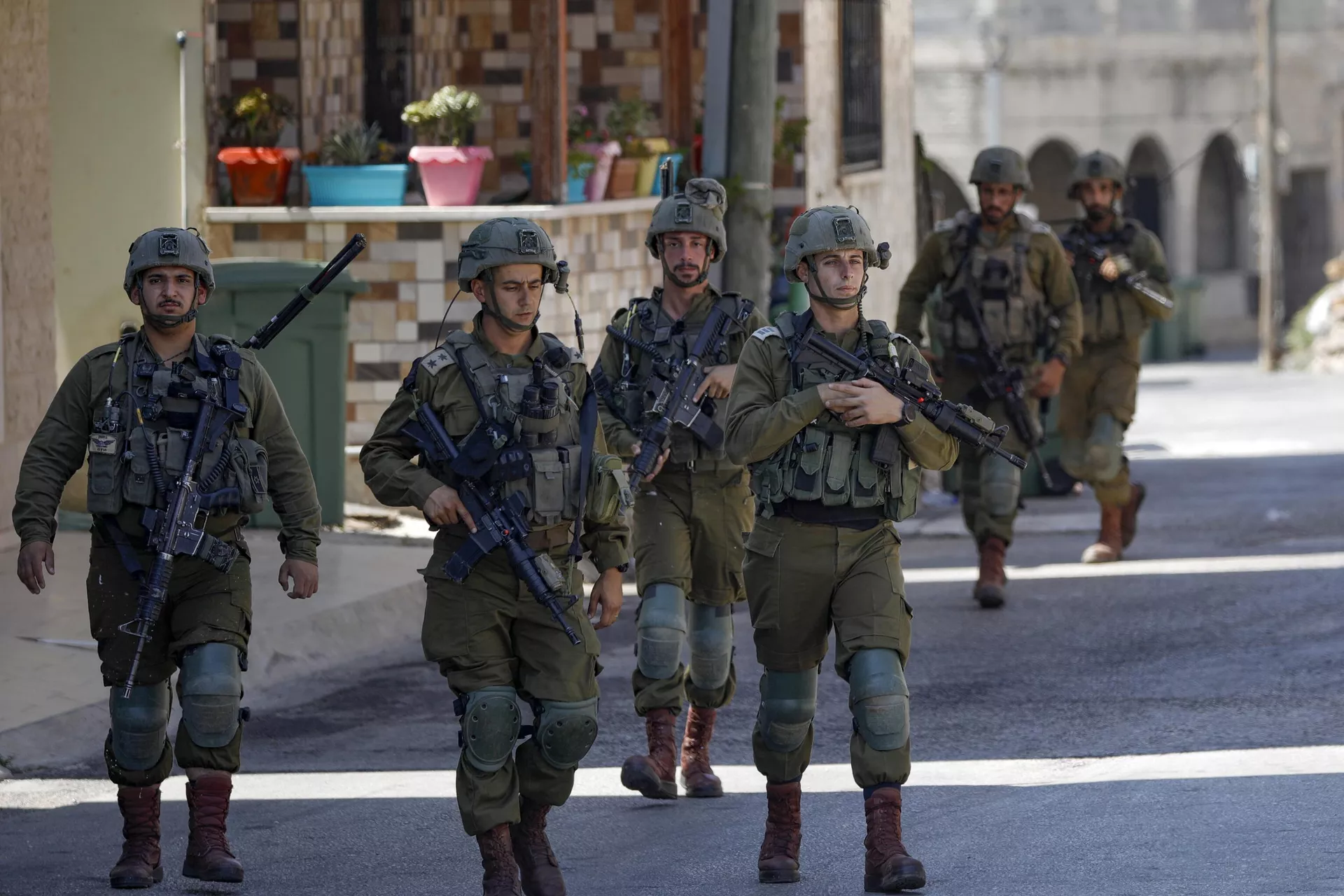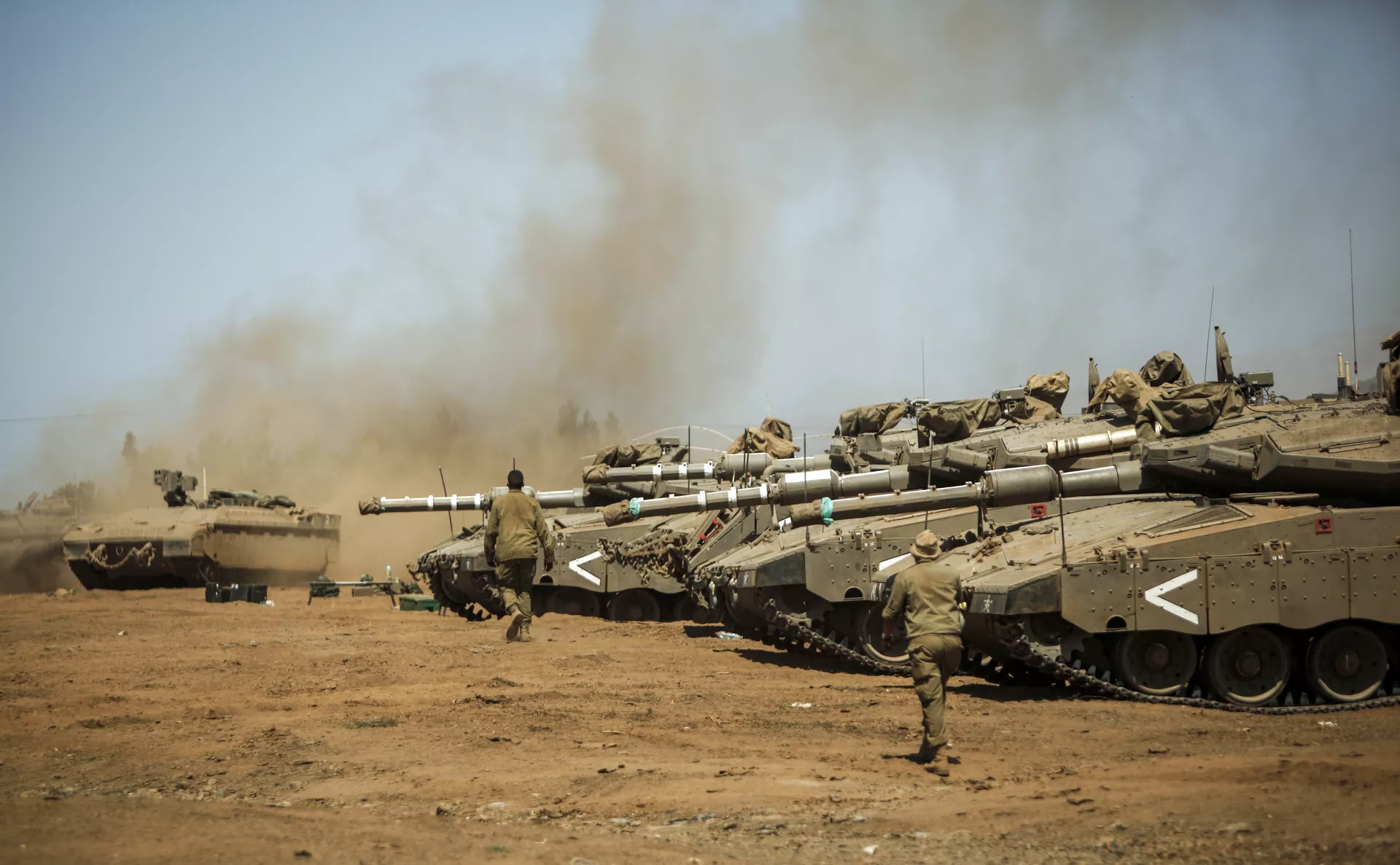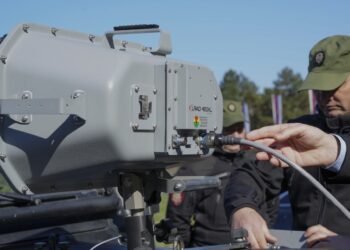Tel Aviv has approved the call-up of an additional 60,000 army reservists, increasing the total number of those mobilized over the last three days to 360,000.
But what’s the size of the сurrent Israeli army?
It’s worth noting that in Israel, defense-related information is not officially publicized, so any relevant data can only be obtained through foreign sources or Israeli researchers.
Formation of Israeli Army
The Israeli army, better known as the Israel Defense Forces (IDF), was formed on May 31, 1948, just two weeks after the state’s declaration of independence.
The primary element of the IDF’s guiding doctrine is the assumption that Israel cannot afford to lose a single war. The goal is thought to be achieved only through a defensive strategy that stipulates the rapid mobilization of overwhelming force to tackle the enemy.
IDF Structure
The IDF comprises three service branches: the Israeli Ground Forces, the Israeli Air Force, and the Israeli Navy.
The IDF is headed by the chief of the General Staff (currently serving in this capacity is Herzi Halevi), who is subordinate to the Israeli Defense Minister (currently Yoav Gallant).
The chiefs of the ground and air force, as well as navy, report to the chief of staff, as do regional commanders and the heads of various defense directorates, including the Intelligence Corps.
Army Size
The total size of the IDF troops approximately amounts to 176,500 active-duty soldiers, according to open sources.
The Israeli Ground Forces, which include infantry, armored and artillery corps, number around 126,000 active personnel and about 400,000 reservists. Major General Yoel Strick is currently at the helm of the ground forces.
These troops took part in all the major military operations conducted by Israel, among them the 1948 Arab–Israeli War, the 1956 Suez Crisis, and the 1967 Six-Day War, also currently being involved in the current Hamas-Israel armed conflict.
The ground forces use several domestically-developed technologies, such as the Merkava main battle tank, the Achzarit armored personnel carrier, and the Iron Dome missile defense system.
The Israel Air Force’s (IAF) size is about 34,000 active personnel, plus 55,000 reservists. In all, 684 aircraft are reportedly in service. Like the ground forces, the IAF partook in many military operations, such as the 2006 Lebanon War. The current IAF commander is Aluf Tomer Bar.
Since the 1967 Six-Day War, most of the IDF’s warplanes have been received from the US, including the A-4 Skyhawk, the F-4 Phantom II, the F-15 Eagle, the F-16 Fighting Falcon and the fifth-generation F-35 Lightning II.
The Israeli Navy, which comprises approximately 9,500 active personnel and 10,000 reservists, is commanded by Aluf David Sa’ar Salama.
The force numbers seven corvettes, eight missile boats, five submarines (Dolphin class), 45 patrol boats and two support ships. Major military operations in which the Israeli Navy was involved include the 1973 Arab–Israeli War, the 1973 Battle of Baltim and the 2006 Lebanon War.
Active Duty Service
Israel’s draft requirement applies to any citizen or permanent resident who has reached the age of 18.
The period of active-duty conscription is 30 months for men and 24 months for women, which is followed by a decades-long period of compulsory reserve duty (it expires at the age of 50 for women and the age of 55 for men).
Various sources put Israel’s mobilization base at about 3.11 million people, including 2.55 million fit for military service.











 United Arab Emirates Dirham Exchange Rate
United Arab Emirates Dirham Exchange Rate

